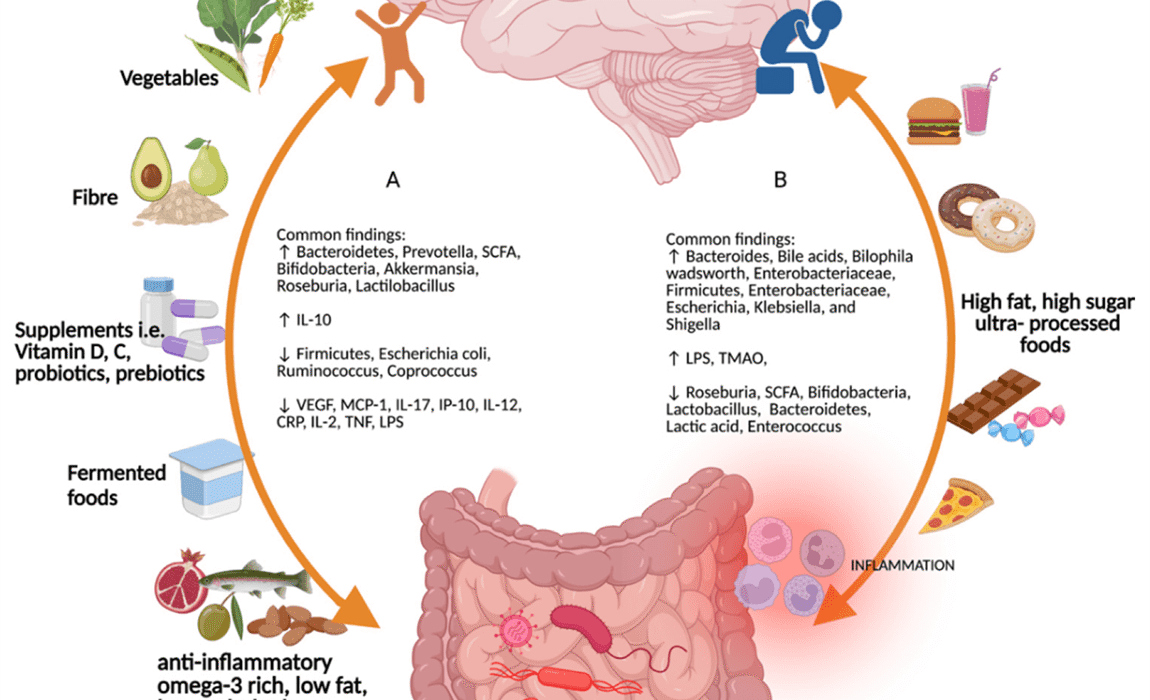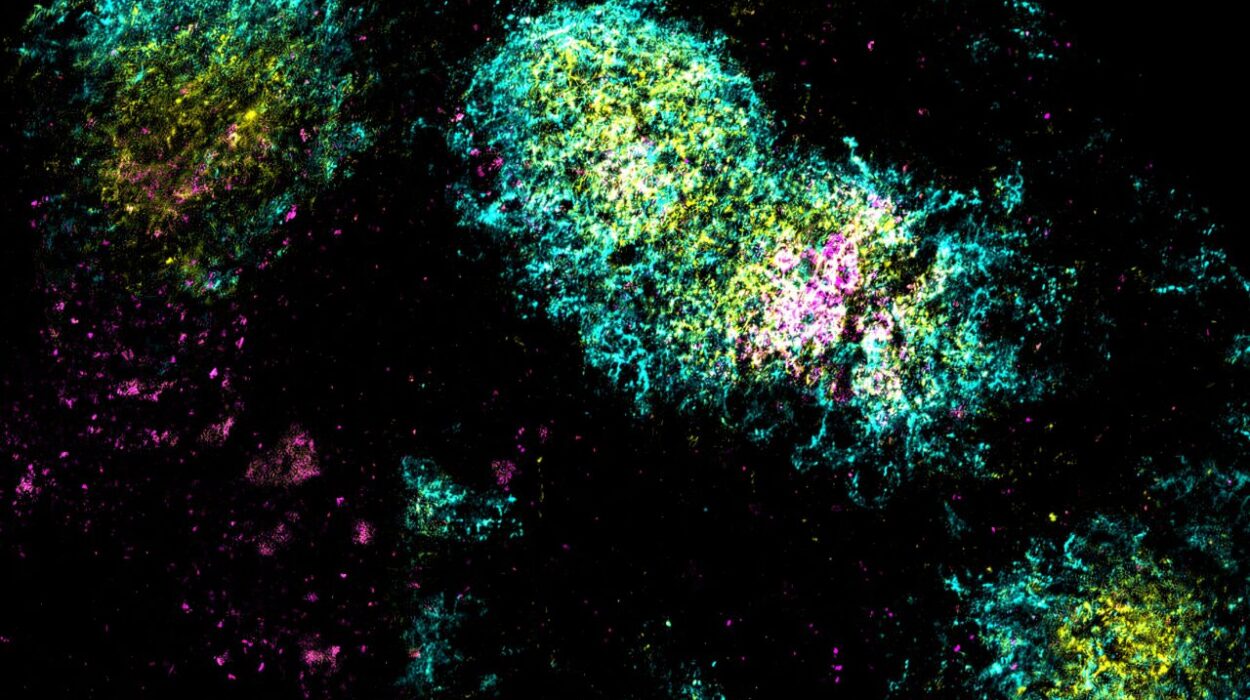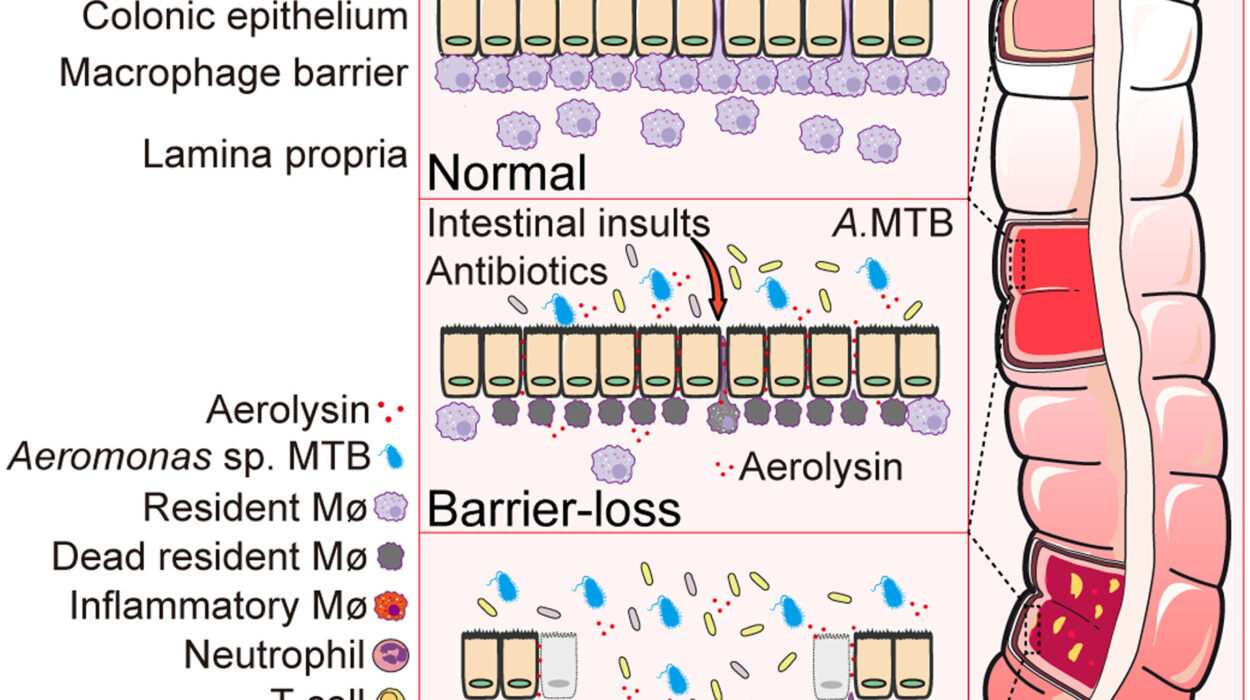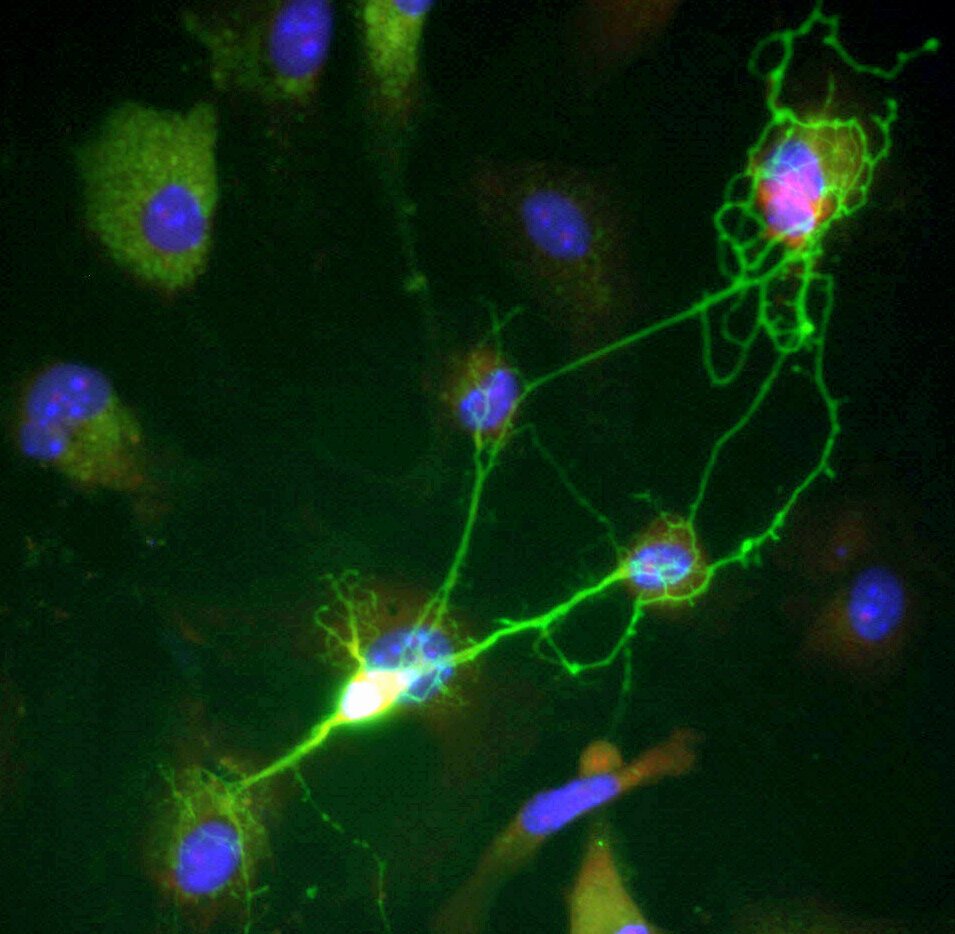Tucked away in a laboratory at Stanford University, thousands of miniature brain-like structures—no larger than lentils—float quietly in culture dishes. Though they cannot think or dream, they pulse with electrical signals, grow neurons, and begin to form the complex architecture of the human brain. These delicate, living structures are not from science fiction. They are real. They are called organoids—tiny biological models grown from human stem cells that mimic the earliest stages of brain development.
In their stillness, these organoids hold the potential to answer some of the most pressing questions in neuroscience: How do neurodevelopmental disorders arise? What makes one brain different from another? And most urgently, how can we safely and rapidly test medications that might harm a developing brain?
For years, researchers have struggled to grow these organoids in large numbers. But now, thanks to an unexpected breakthrough involving a humble food additive, scientists can generate thousands of uniform, non-sticky brain organoids—paving the way for the next great leap in understanding the human mind.
A Vision for Scaled Intelligence
It began with an ambitious dream.
Dr. Sergiu Pasca, a neuroscientist at Stanford’s School of Medicine, had spent years developing methods to turn stem cells into organized clusters of brain cells—cells that form layered structures, send electrical signals, and even connect in primitive networks. Early on, Pasca could produce only a few of these precious samples at a time. Each one was like a handcrafted jewel. So rare were they that he gave them names—each inspired by mythological creatures.
But his vision required something bigger. Pasca wasn’t interested in studying one or two brain-like blobs in isolation. He wanted scale. He imagined thousands of organoids grown in parallel, each one a biological testbed capable of revealing how the brain grows—and sometimes goes wrong. Disorders like autism, epilepsy, and schizophrenia, he believed, could be unraveled not just through philosophy or psychology, but by building models of the brain itself and watching what unfolds.
To get there, Pasca would need help. Brain science could no longer live in a silo. It had to reach beyond neuroscience into engineering, chemistry, bioinformatics, and materials science. In 2018, with the support of Stanford’s Wu Tsai Neurosciences Institute, he co-founded the Brain Organogenesis Program, a sweeping, interdisciplinary effort to recreate the complexities of the human brain, one organoid at a time.
The Problem with Stickiness
As researchers began scaling up their work, they ran into an unexpected problem: the organoids were sticking together.
When grown in shared dishes—essential for high-throughput experimentation—these soft, spherical tissues tended to fuse, clump, and warp. What began as 100 pristine samples might end up as 20 lumpy, merged blobs. It was like trying to grow a garden, only to find all the plants tangling into one stubborn bush.
The stickiness had a silver lining. The team soon discovered they could deliberately fuse different types of organoids—like ones mimicking the spinal cord with those resembling the cerebral cortex. These hybrid structures, called assembloids, offered powerful new ways to model how different brain regions interact. But for high-volume, standardized studies, uncontrolled sticking was chaos.
They needed a solution—something gentle, safe, inexpensive, and universally accessible.
That’s when Pasca joined forces with Dr. Sarah Heilshorn, a Stanford materials engineer with a background in biocompatible scaffolding and tissue mechanics. Together, they set out to solve the organoid stickiness problem at scale.
An Unlikely Hero: Xanthan Gum
Heilshorn’s team began testing 23 different materials—each one chosen for its compatibility with living cells and ease of use. These weren’t exotic compounds requiring high-tech facilities. Quite the opposite. The team deliberately focused on substances already familiar to the biomedical field and accessible to scientists worldwide.
In a breakthrough worthy of a chef’s curiosity, they found their answer in xanthan gum, a common food additive used to thicken salad dressings, stabilize sauces, and keep ice cream smooth.
Even in small concentrations, xanthan gum worked like magic. It suspended the organoids gently in their liquid medium, preventing them from drifting into one another without harming their growth. The material caused no structural deformities, didn’t affect gene expression, and—most importantly—preserved the integrity of each organoid’s developmental pathway.
“It’s such a simple fix,” Pasca said. “Now we can easily make 10,000 of them.”
From Lab Curiosity to Medical Powerhouse
With the stickiness problem solved, the Stanford team could finally push their work into new territory. To showcase the power of scaled organoid production, they decided to tackle one of the thorniest issues in modern medicine: drug safety during pregnancy and infancy.
Because of ethical concerns, most drugs are never tested directly on pregnant people or developing fetuses. As a result, doctors are often forced to weigh potential benefits against unknown risks. What if a medication could help the mother—but harm the baby’s brain?
To explore this dilemma, the team grew 2,400 cortical organoids—each one resembling the developing human cortex in early gestation. Co-lead author Genta Narazaki, working with researcher Yuki Miura, exposed these organoids to 298 different FDA-approved drugs, one at a time, monitoring their growth and structure.
The results were sobering. Several medications, including one commonly used to treat breast cancer, significantly stunted organoid growth—suggesting possible risks to brain development if taken during early pregnancy. While more studies are needed before translating such findings into clinical policy, the experiment proved the value of brain organoids in safety testing. One scientist, using a single method, tested nearly 300 drugs for potential neurotoxicity—something impossible just a few years ago.
The Next Frontier: Understanding the Unseen
For Pasca and his colleagues, the promise of organoids goes far beyond testing medications. These tiny brain models offer a rare chance to peek inside disorders that unfold silently in the womb, long before any symptoms appear. Conditions like autism, epilepsy, and schizophrenia may have roots in subtle cellular missteps during brain development. But until recently, researchers had no way to watch those processes unfold in human tissue.
Now, with organoids, they can.
By using patient-derived stem cells, scientists can grow organoids that carry the genetic signature of individuals with specific neurodevelopmental disorders. That means they can compare how brains develop across different genetic backgrounds, monitor which neural pathways go awry, and experiment with interventions that might nudge them back on track.
“We’re not just studying brains—we’re building models of how they form and function,” Pasca said. “And the more models we have, the more patterns we can discover.”
But this effort hinges on scale. Insights into rare mutations, subtle drug effects, and complex gene-environment interactions require hundreds, even thousands of samples. Without scale, science sees only snapshots. With scale, it can trace the entire film of development.
Democratizing Discovery
In a field often defined by secrecy and intellectual property battles, the Stanford Brain Organogenesis Program has taken a bold stance: radical openness. All of their techniques—including the xanthan gum protocol—are freely shared with researchers around the world. Labs from Europe to Asia are already adopting the method, scaling their own experiments with newfound ease.
This spirit of collaboration stems from Pasca’s belief that brain science must be both ambitious and inclusive. “We’re facing global challenges,” he said. “To solve them, we need to open the gates—not close them.”
That approach is already paying off. International teams are beginning to use scaled organoids to explore rare neurological conditions, compare developmental timelines across species, and even probe how environmental toxins influence fetal brain growth.
The Minds We Build Today
The idea of growing brain tissue in a dish may sound unsettling, even futuristic. But organoids do not think, dream, or feel. They are not conscious, nor are they replicas of entire brains. What they offer is something more profound: a window into how the human brain begins.
By scaling up this technology, scientists are building a new framework for neuroscience—one rooted not in autopsy or animal models, but in living human biology. And with that comes the possibility of understanding and eventually treating the conditions that affect millions of people worldwide.
The journey is far from over. But with every organoid grown, every signal mapped, and every network traced, researchers move closer to decoding the most complex structure in the known universe: the human brain.
And it all began with a few mythologically named blobs—and a pinch of xanthan gum.
Reference: Genta Narazaki et al, Scalable production of human cortical organoids using a biocompatible polymer, Nature Biomedical Engineering (2025). DOI: 10.1038/s41551-025-01427-3






